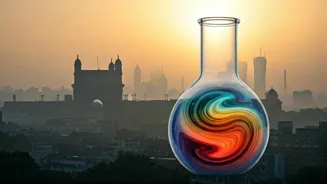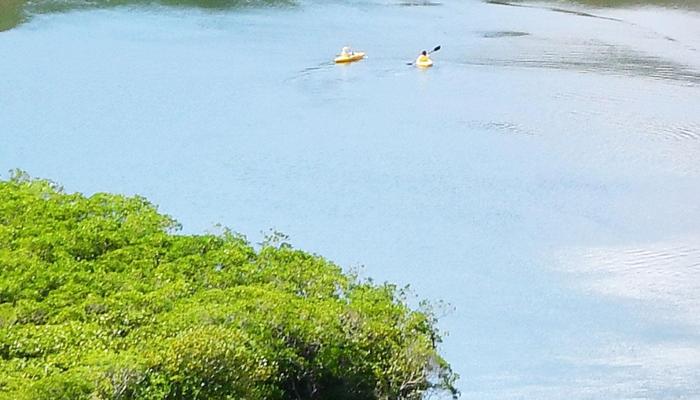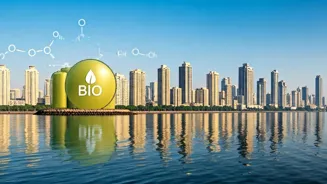In a first for India, a dedicated lab in Pune is tackling air pollution's hidden dangers. This new initiative goes beyond measuring pollutants, diving
deep into their chemical makeup.
Unveiling Air's Secrets
The Indian Institute of Tropical Meteorology (IITM) in Pune has set up an Atmospheric Chemistry Laboratory, a first of its kind in India. The lab, under the Mission Mausam project, aims to analyze the chemical composition of airborne particles (PM1, PM2.5, and PM10) and assess their impact. This initiative focuses on urban centers, Himalayan regions and oceanic outflow zones, expanding air quality insights.
Cutting-Edge Analysis
The lab is equipped with advanced instruments. These include Aerosol Mass Spectrometers (AMS), Gas and Liquid Chromatographs, and High-Resolution ICP-MS, among others. These tools help scientists understand the detailed chemical makeup of pollutants. The lab will also detect micro- and nanoplastics in air and water, addressing another significant environmental concern.
Beyond Standard Measures
Unlike traditional methods, this lab studies the chemical composition and potential toxicity of pollutants, not just their mass. Early findings reveal that even low PM concentrations can be hazardous. The lab also investigates the relationship between aerosol chemistry, cloud formation, and weather patterns, offering critical insights.
Goals and Impact
The lab aligns with Viksit Bharat 2047, supporting sustainable development goals. The five-year roadmap includes developing an operational air quality forecasting system, a national database of aerosol chemical composition, and providing policy insights for health advisories. The lab also aims to contribute to global climate models with accurate aerosol data.
A National Initiative
The Atmospheric Chemistry Laboratory is a unique and powerful tool in the Indian atmospheric research ecosystem. It integrates chemical characterization, toxicity analysis, and health impact modeling. Sampling campaigns will extend to Himalayan regions, and oceanic outflow zones. This expands the scope to capture a diverse range of aerosol sources and transport pathways.













